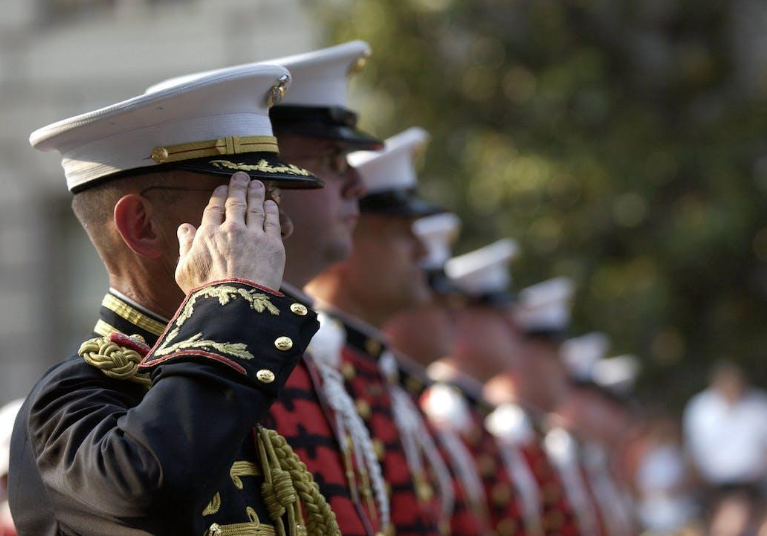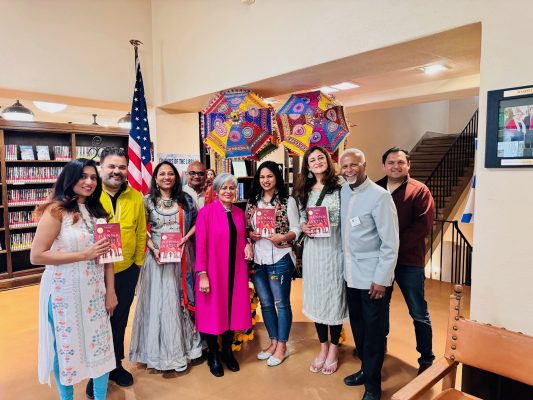
Military diversity revolves around the inclusion of different ethnicities, genders, and sexual minorities. All these contribute to a varied and adaptive army. It involves acknowledging differences, recognizing value, and leveraging everyone’s uniqueness. Inclusiveness ensures that every soldier feels valued. And this helps them to work together in teams and grow to the fullest extent. Soldiers are encouraged to achieve their goals in an environment that encourages free communication and innovation. Diversity enables people from different backgrounds, cultures, and perspectives to connect thus enhancing the strength of the army.
The analytical community in the US is worried about the low representation of ethnic minorities and women in the military. This especially applies to command posts. In the US military, women make up one-fifth of all the soldiers in each military branch. The only exception is the Marine Corps. Here, eight percent of the total are women. Over the years, the army has been gradually increasing the number of opportunities for women. However, they remain unrepresented in leadership positions. The military has been offering lots of special programs to encourage minorities to get more responsibilities. However, elite units aren’t as diverse as other sectors.
While no government department operates perfectly, the US is doing its best to promote diversity in its military. As a college student, you can read a well-written essay on why is diversity important in the army to understand this topic clearly and get good grades. If your professor has instructed you to write diversity in the military essay, you need to read army essay example to understand diversity army topics. Seeking help from the experts will help you save a lot of time and money.
Why diversity is a strength in the army?
When there is no diversity, there will be inequality. Inequality is harmful because it harms performance on the battlefield in several ways.
First, keeping certain groups out of senior posts or decision-making processes eliminates diverse thinking. It reinforces a groupthink mentality that eventually leads to conservatism on the battlefield. When certain voices are excluded, militaries suffering from inequality become predictable by using tactics and approaches that make them vulnerable to their enemies. Second, inequality leads to varying statuses among soldiers from different ethnic groups. And this creates tension and erodes trust among military personnel. This can hinder cooperation and coordination on the battlefield.
Third, soldiers will suffer from a lack of morale. And they will be less likely to fight for a country or government that they don’t trust. When things get hard on the battlefield, they are likely to surrender.
Fourth, government-propelled discrimination builds strong relationships among soldiers in the ethnic group. Individuals who feel discriminated against may use these relationships to subvert authority or organize an escape. Military commanders will then be forced to devote more resources to policing their fighters. And this creates more vulnerabilities that the enemy can exploit.
Historical data shows diverse armies are stronger
The effects of inequality in the army have been brought out by historical books that you can learn from. Back in the day, armies with high inequality rates have done poorly according to all types of measures on the battlefield. Inequality increases the chances by 50 percent that an army will suffer from casualties than the other side. Also, there’s a 70 percent likelihood that soldiers will leave the battlefield. Cases of defection – where soldiers fight their former comrades or switch sides are 60 percent more likely to happen.
Armies with greater or medium inequality are more likely to fight their soldiers. For instance, during World War II, the Red Army of the Soviet Union killed 158000 of its soldiers to force them to fight Nazi soldiers.
Why this is important to the US Military
Incorporating gender balance and diversity in the US army requires both individual and team efforts at all levels. Some policies support cultural diversity and gender balance. And they are always evolving. However, the presence of committed and active supporters of inclusion is essential to continue making progress.
Conclusion
While the US has a strong military, nonwhite personnel are underrepresented at higher levels. And this problem worsens as individuals get promoted. Nonwhite personnel and women have experienced lower rates of promotion. The US has to invest in people and redouble its commitment to diversity and inclusion. This will boost its strength and help personnel feel happy and fulfilled.
Author’s Bio:
Karl Bowman is a talented and experienced content creator and editor. He spends his workweek writing short college essays and interacting with college students. He is passionate about technology and meeting new people.










